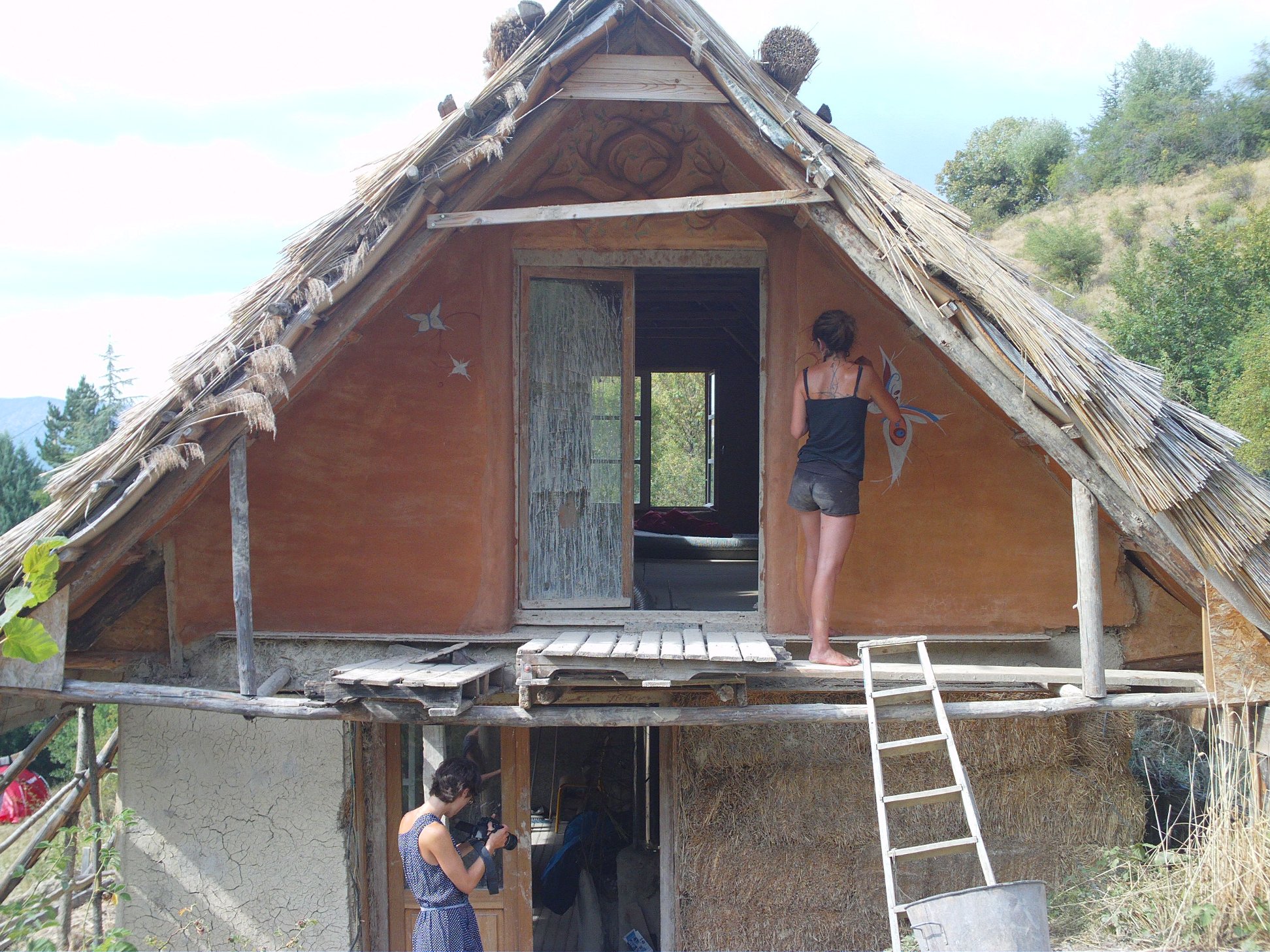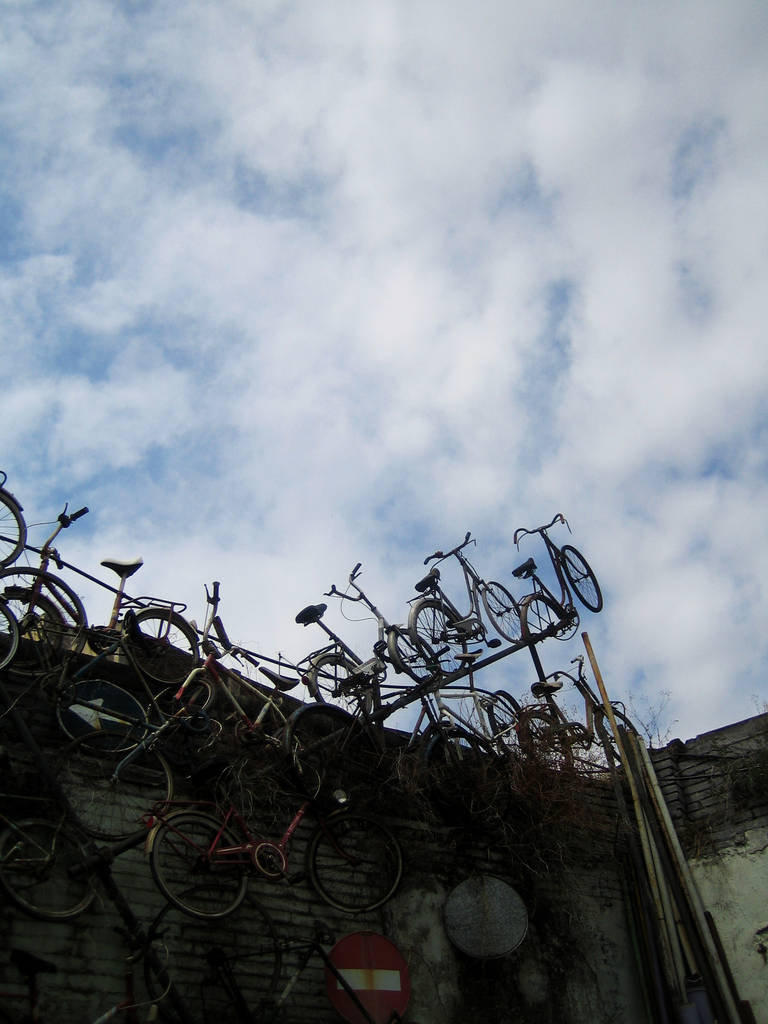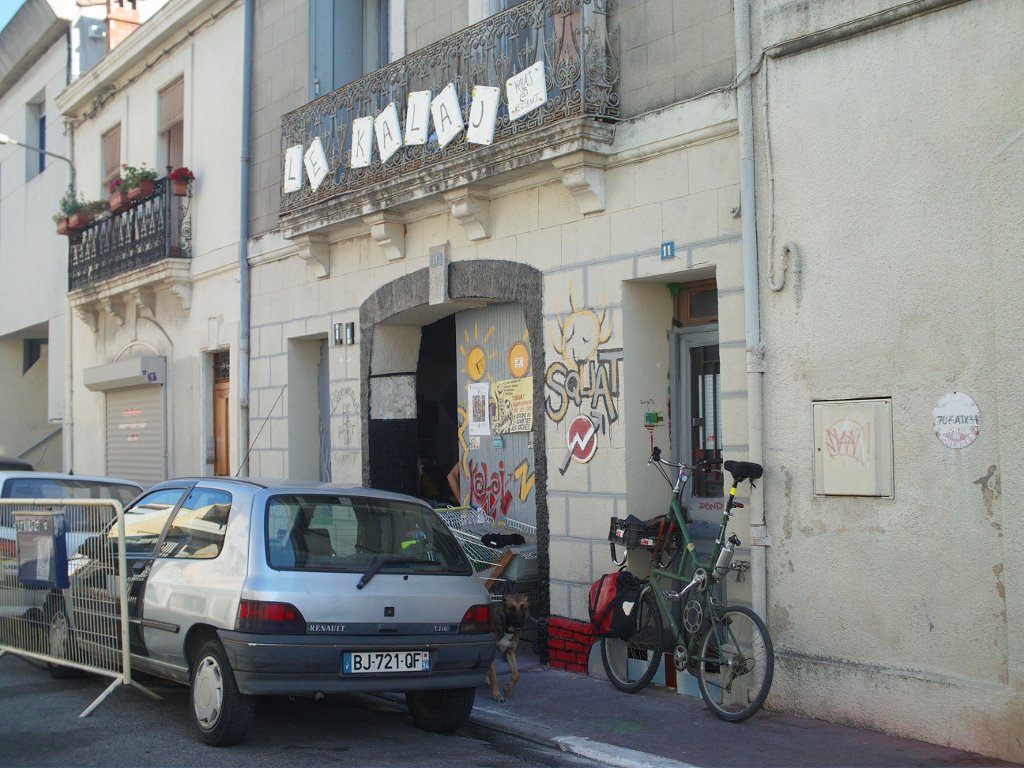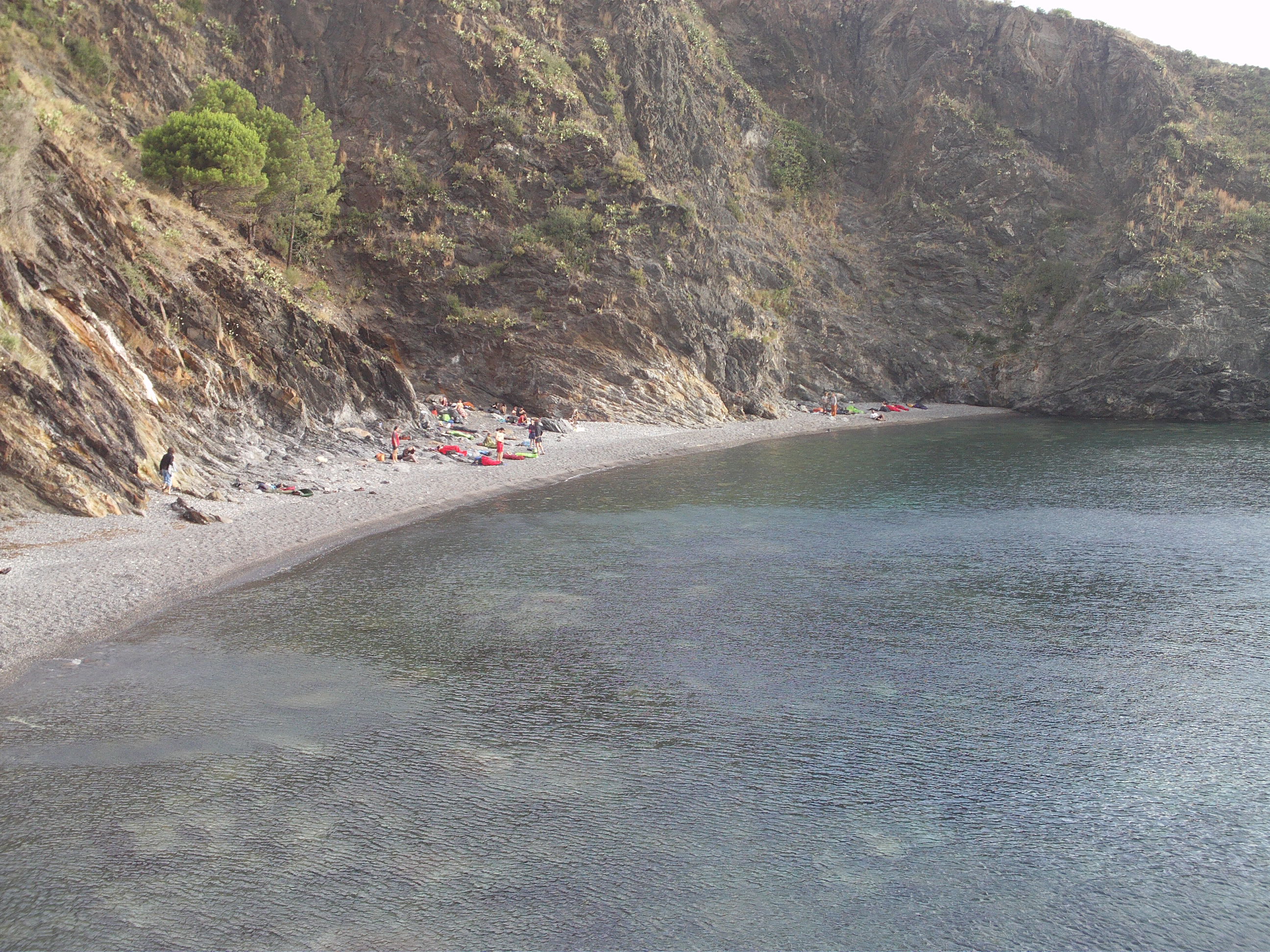five weeks on the road!

sunday 5 august, we held an anti-fracking workshop in Avignon square. While preparing dinner, T. held a Rhythms of Resistance workshop with recycled materials, pots and pans. We then joined up with the Serious Beans Project (a band who will join the tour so long as they can carry their violin, trumpet and doube bass amoungst other instruments on their bikes). They later gave us and the locals a free gig at the nearby campsite. monday 6 august, we cycled south for few hours under light rain, then debated Degrowth and Food over lunch before asking local land owners for…








